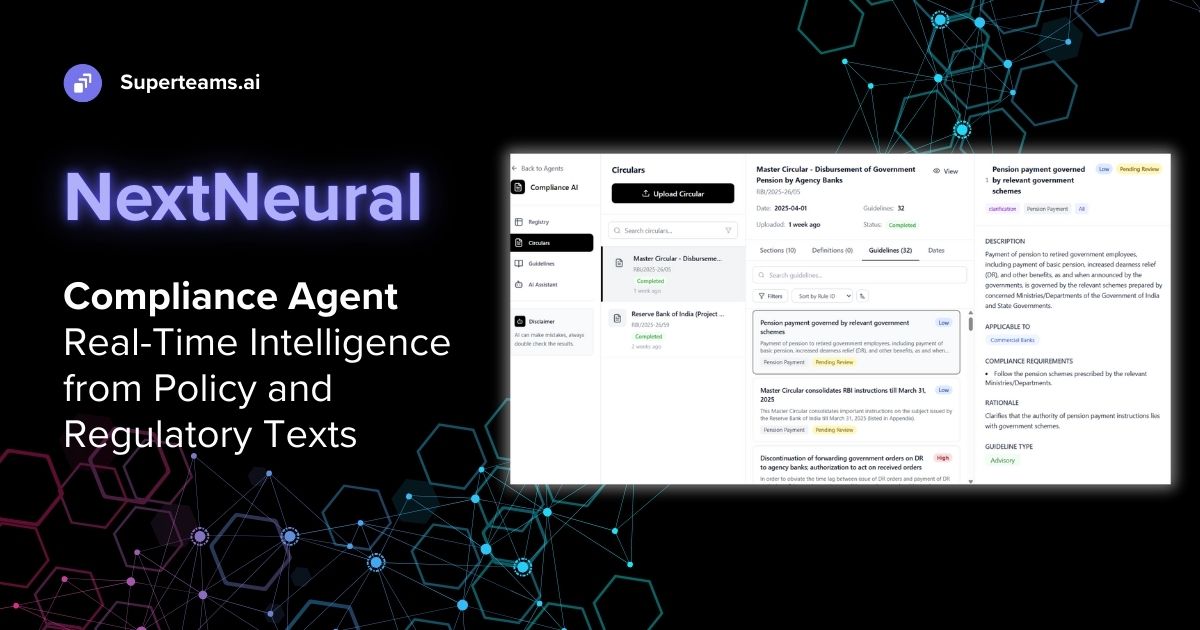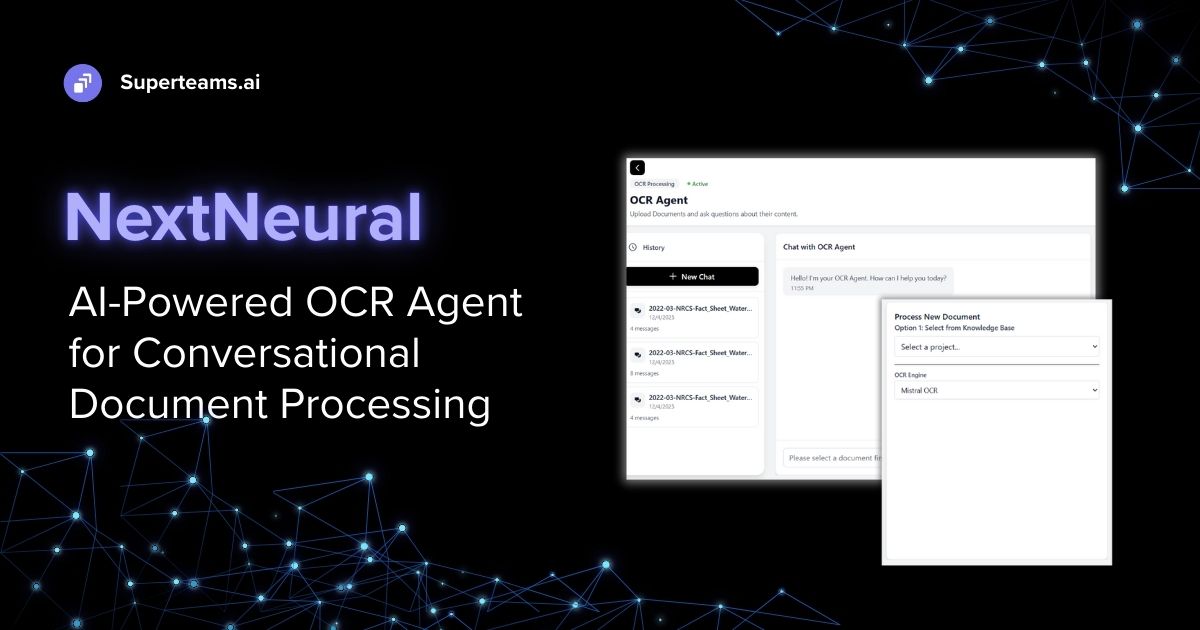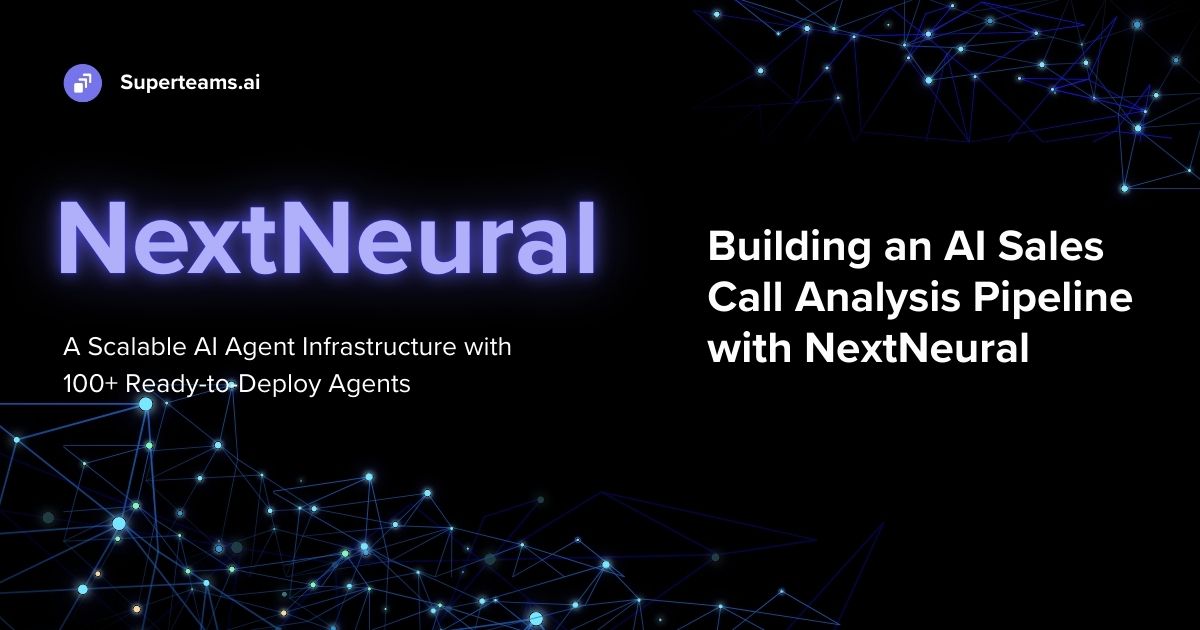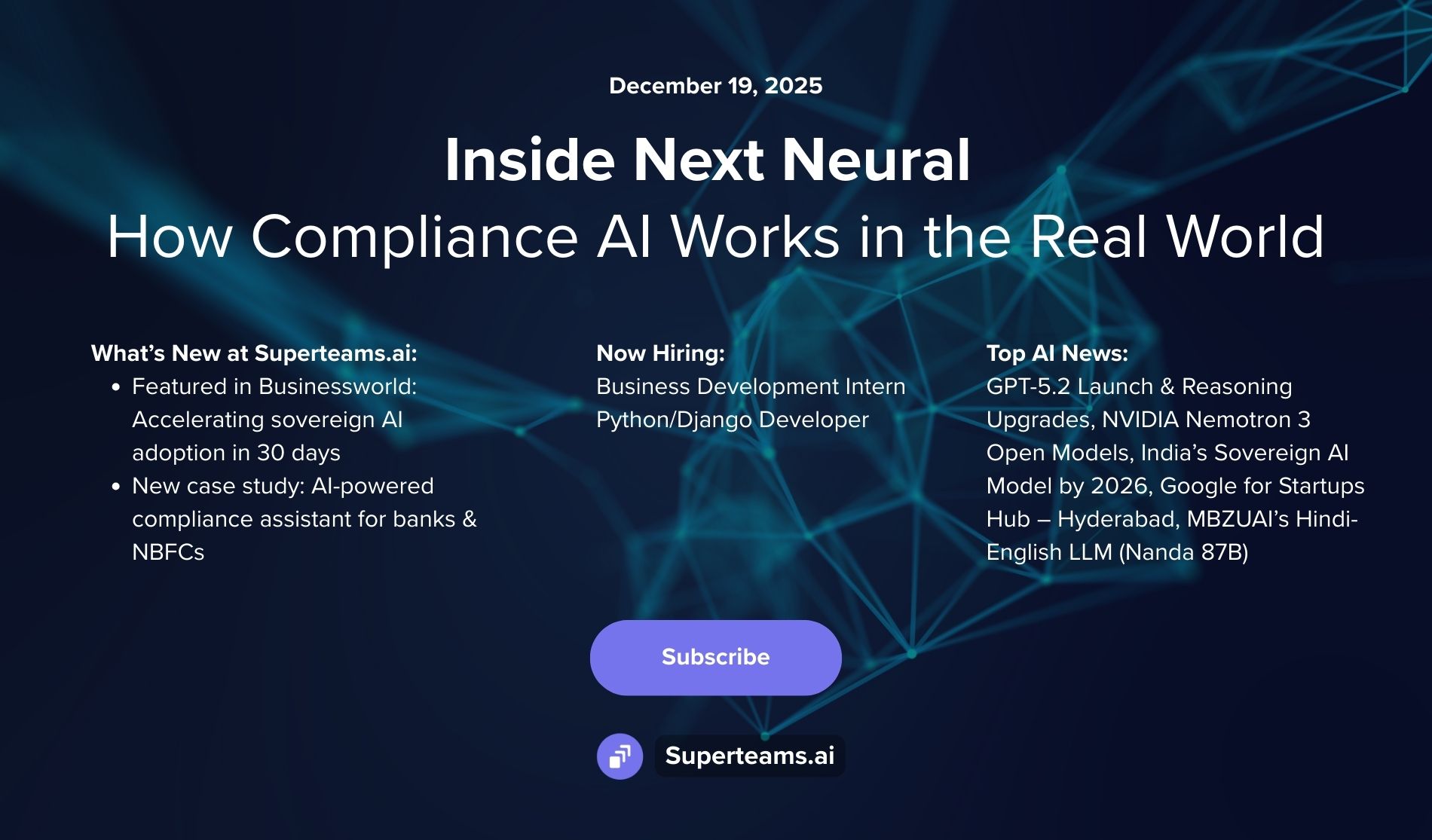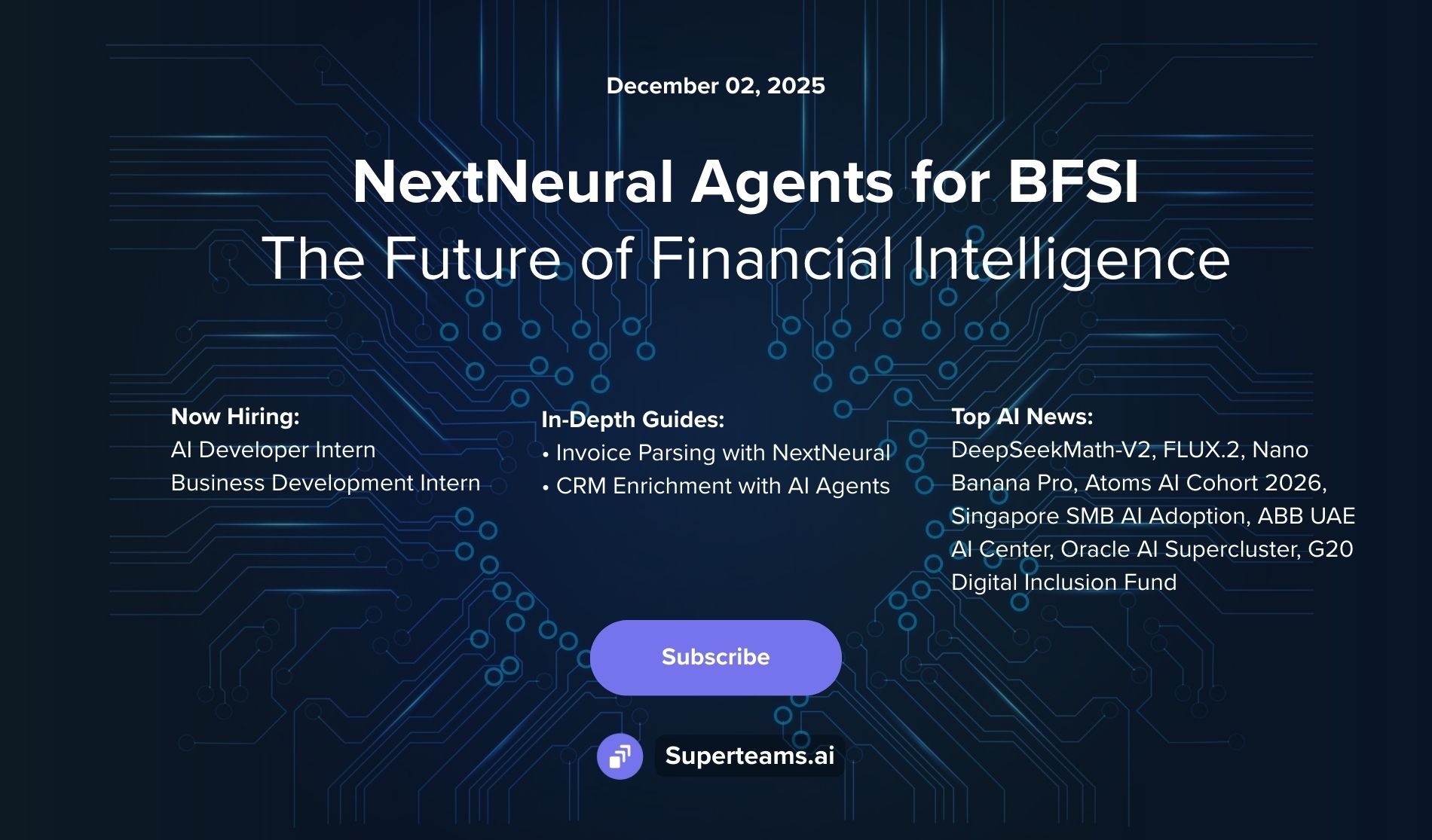How to Create Content Assets for D2C Brands
A guide to developing content assets for direct-to-consumer (D2C) brands.

Today, D2C sales, including established brands and digital natives, are estimated to reach $182.6 billion in 2023,The D2C sector will be worth $100 billion in India and, overall, D2C sales have increased by more than 36% from 2020 - 2022 in the US. In India, the D2C sector will be worth $100 billion by 2025.
These are staggering figures. So if you are in the D2C business, you are at one of the best moments in history to expand your circle of influence and your business.
The direct-to-consumer (D2C) approach has gained popularity as companies now manufacture, promote, sell, and ship their products directly to customers. This strategy enables businesses to expand their customer base and attain higher revenue.
Driving Product Through Content
When your content strategy revolves around your real customers and reviewers, there’s so much opportunity to engage and bring that community conversation into your product lines.
By creating valuable content that addresses your audience's pain points, you become a leading industry authority. In this guide, we'll cover the essentials of a successful content strategy for D2C, with real-life examples from successful brands.
By the end of this article, you'll have all the tools to drive traffic and convert leads for your brand.
Let’s look at the primary purposes your content will serve:
What’s Your Brand’s Purpose?
Consumers today no longer buy what a brand offers but they are also driven by WHY they offer them; they are intrigued by the stories behind the brands and what problem they are solving. Therefore, more than what, defining the 'why' has become increasingly important for a brand.
Here are some key questions to answer when determining your brand positioning.
- Who is your target audience and what are their demographics, preferences, and needs?
- What will you look for as a customer in your own brand?
- What unique value does your brand bring to the table?
- What sets you apart and makes you the best choice?
The Sustainability Revolution in D2C
The new generation of consumers are becoming more aware of environmental concerns and adopting sustainable lifestyles by supporting and opting for organic, sustainable brands and making evolved, aware choices about what they purchase, from where, and why.
As a D2C brand, you can differentiate yourself by focusing on sustainability. You can appeal to environmentally conscious consumers by using eco-friendly materials, reducing packaging waste, and helping manage their carbon footprints.
Creating a Real Community to Drive Social Commerce
The reason social commerce is gaining traction among consumers and brands is that it connects them on a common platform, allowing them to engage in meaningful ways and giving consumers the thrill of discoverability and the choice to shop seamlessly. The powerful way brands are converting loyal followers to paying customers is via social proof; through influencers marketing, reviews and testimonials.
Nike, for example, has created a trusted brand and a community of its own. It's also a prime example of a D2C brand that is driving growth and sales in the eCommerce industry. In 2020, 35% of Nike’s total sales came from its D2C channel, and the brand is expected to increase this to 60% by 2025.
The US has witnessed a rapid growth in retail social-commerce sales.

By 2025, this figure is expected to swell to nearly $80 billion, or 5 per cent of total US e-commerce. Globally, the social-commerce market is expected to grow to more than $2 trillion by 2025. Source
The social commerce industry in India is expected to grow by 39.8% on an annual basis to reach US$5498.0 million in 2023, recording a CAGR of 23.8% during 2022-2028. The social commerce GMV in the country will increase from US$5498.0 million in 2023 to reach US$19834.0 million by 2028. Source.
How to Build a Community Who Trusts You?
Communities consist of more than just individuals; they involve relationships. These relationships can be with the product, service, or the platform itself, or even with potential new members from outside the community.
As a D2C startup, you can leverage these relationships by creating smart, vertically focused content, ranging from videos, animation to text.
The Content Formats That Work for D2C Brands
Written Content
Written content comprises blog posts, listicles, how-to articles, and more. What you create depends on your USP, your vision, and your region of operation. It also depends on your target demographic. Are you building a product for teenagers or for newlywed couples? Is your product meant for one-time use or repeat use? Such factors will determine your messaging.
Engaging written content will keep your existing customers coming back to you for advice. This will boost engagement, improve search engine optimization (SEO), and increase the likelihood that they’ll continue buying from you.
Writing for humans
Don’t get caught up in just ‘stuffing’ your content full of keywords. Use the keywords throughout your copy, but you should not sound like a bot! Search engines frown upon content that’s full of keywords that do not make sense.
Having said that, you still need to study the most searched keywords among your current and potential customers. Leverage backlinking opportunities on partner websites to maximize visitor traffic to your own site.
Visual Content
Product photos: Product photos are a great way to showcase new products to customers on social media, through display ads, and other channels. Smart brands find ways to spice up their product photos by displaying them in trendy locations or in use by their customers. Go outdoors, try product layouts in unexpected locations, play with lighting, and recruit people to pose for shots with your products.
Behind-the-scenes/company photos: You can use behind-the-scenes photos to make your company more approachable, and get your customers excited about new product launches.
Aspirational photos: You can use aspirational photos to highlight a lifestyle that’s aspirational. These range from travel to interior design to even a relaxing outdoor getaway .
Inspirational quotes and graphics: Another way to use visual content is to pepper your Instagram feed with motivational quotes and graphics. User-generated content: You can use photos submitted by customers, either on your website or social media platforms, to show how your product affects customers’ lives. This will help people trust your brand while being a cost-effective way of getting visual content.
Videos: These can be as simple as a smartphone video. You can create a variety of different types of videos: documentary-style, animated, how-to videos, and so on. Video content encourages customer engagement and feedback.
Infographics: Infographics are a fun way to educate customers about product features (for example, the anatomy of a great running shoe). Online graphic design programs like Canva offer templates to help you create your own. Infographics work well on Pinterest and other social platforms, as they're easily shareable and engaging.
Let’s cite a few examples of D2C brands that have used smart marketing tactics:
1. Mamaearth: Mamaearth is a well-known D2C brand from India. They offer a wide range of organic and natural personal care products for babies, kids, and adults. With a strong focus on sustainability and commitment to social causes such as education and the environment, Mamaearth has built a loyal customer base.

2. Country Delight: Country Delight is a popular D2C brand known for delivering fresh and natural dairy products like milk, curd, cottage cheese, and paneer directly to customers' doorsteps. They have expanded their offerings to include fresh fruits and vegetables sourced directly from farms, supporting local farmers.

3. Loom Solar: Loom Solar is a D2C startup based in Faridabad, Haryana, specializing in manufacturing solar panels and lithium batteries for the renewable energy sector. The company assists urban homeowners in reducing their electricity bills and provides uninterrupted 24x7 electricity to consumers in small towns through rooftop solar panels and energy storage systems.

Direct-to-consumer (D2C) brands have seen a remarkable rise in India in recent years, and this growth is set to continue in 2023. These brands are changing the game by offering high-quality, innovative products directly to customers, focusing on convenience, affordability, and sustainability. They're shaking up traditional retail norms in a big way.
How Can Superteams Help?
We at Superteams.ai work closely with lifestyle brands to create compelling visual and text content that will help you build a thriving community around your brand. Speak to us to learn more. Write to info@superteams.ai.


